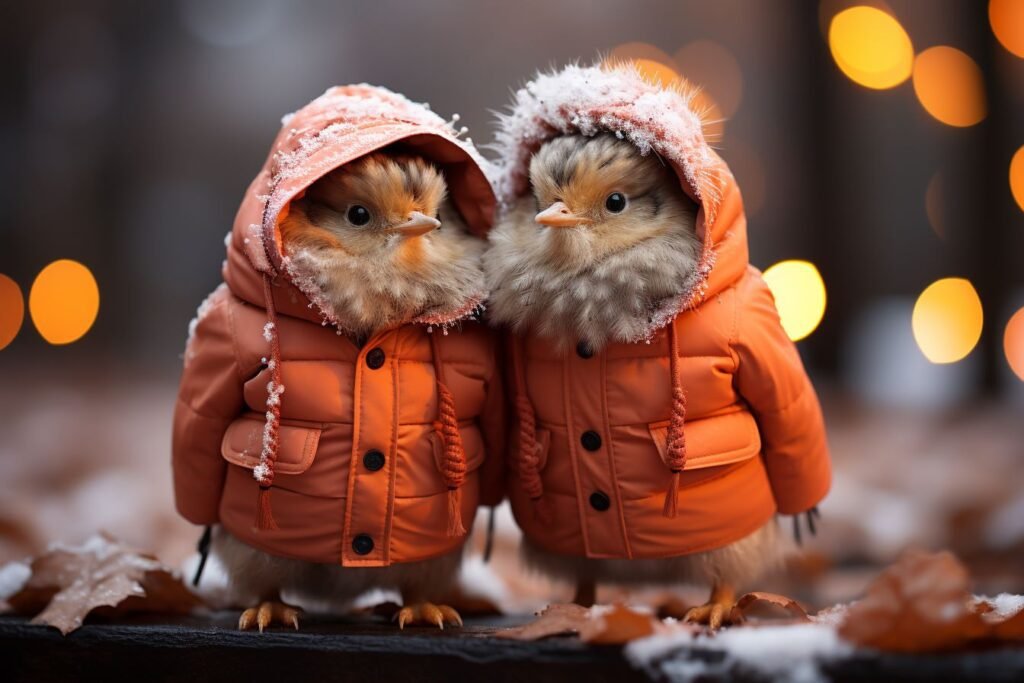Birds that Brave the Chill: Exploring Winter’s Avian Wonders
Winter is a season of transformation, where landscapes become blanketed in snow, and nature seems to slow down. However, for bird enthusiasts, winter brings the opportunity to witness the resilience and beauty of some remarkable avian species that thrive in the cold.
In this comprehensive guide, we’ll introduce you to the top 14 winter-loving birds from around the world. From the Arctic Snow Bunting to the enigmatic Snowy Owl, you’ll get to know these birds that call the winter months their home.
The Top 14 Winter-Loving Birds Worldwide:
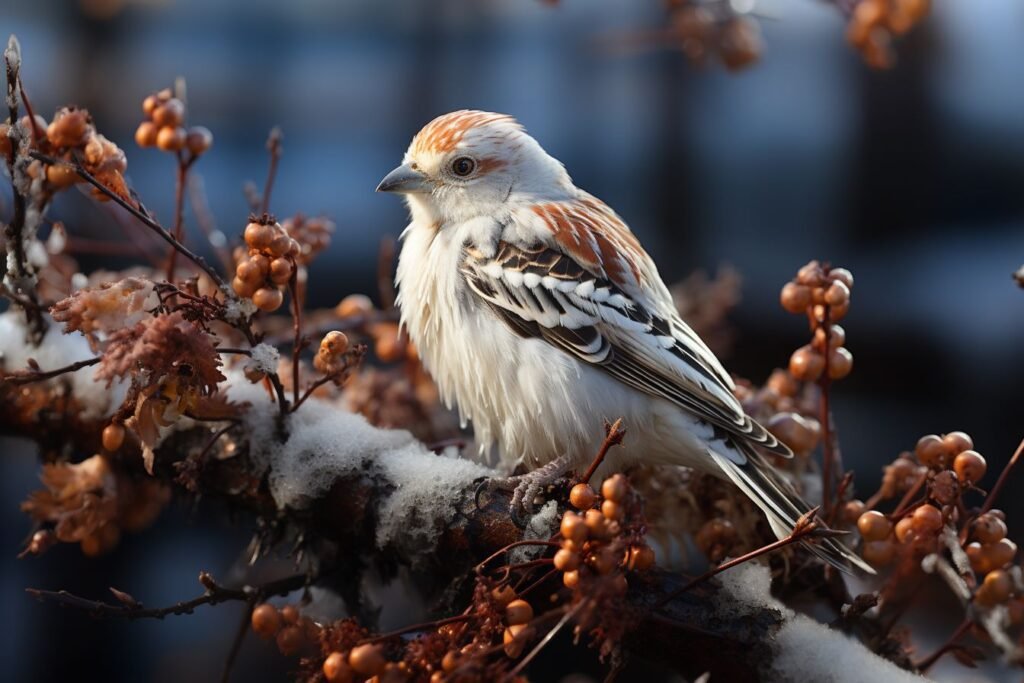
1. Snow Bunting (Plectrophenax nivalis)
The Snow Bunting is a true winter wonder. These small, plump birds are known for their striking white plumage, which camouflages them perfectly in snowy landscapes. They breed in the Arctic regions and migrate south to spend their winters in North America and Eurasia. Often seen foraging in flocks in snowy fields, male Snow Buntings undergo a transformation, changing their plumage from brownish-black to pure black and white during the breeding season.
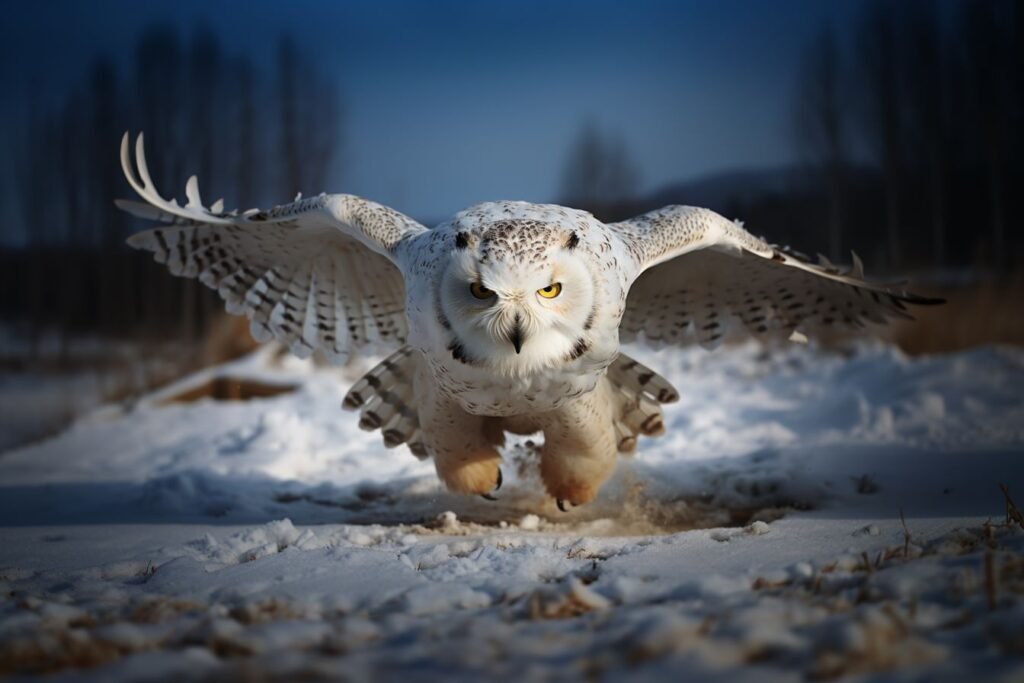
2. Snowy Owl (Bubo scandiacus)
The Snowy Owl, with its pure white plumage and piercing yellow eyes, is the embodiment of winter’s majesty. These large owls are native to the Arctic tundra but venture south in search of food during harsh winters. Their irruptions into lower latitudes, such as the United States, are rare but highly anticipated events among birdwatchers.
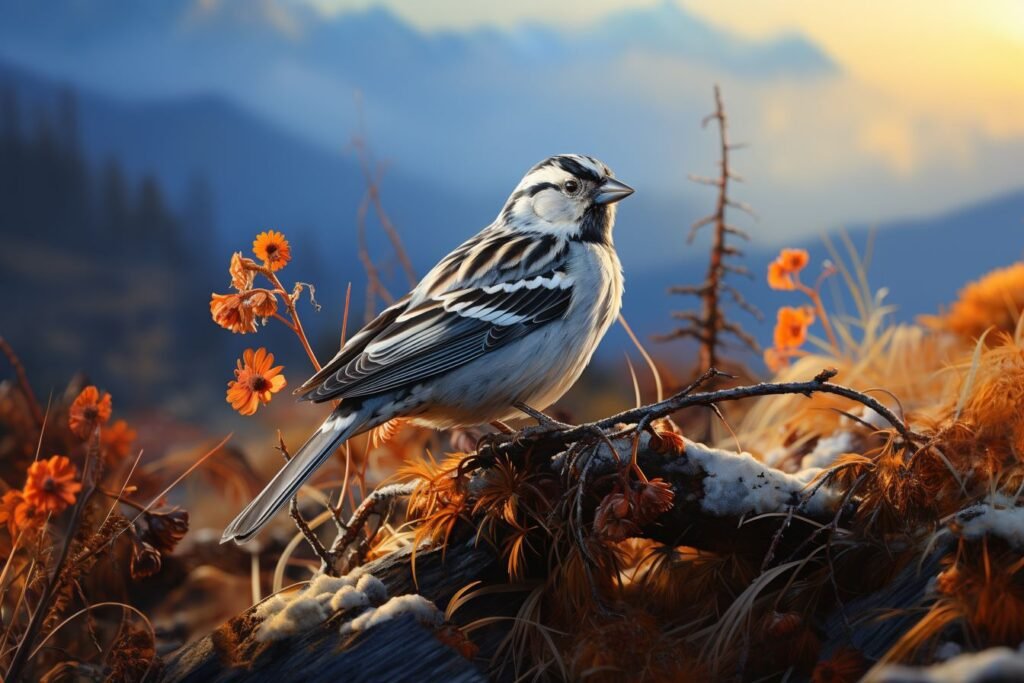
3. Lapland Longspur (Calcarius lapponicus)
Named after the Arctic region it inhabits, the Lapland Longspur is a true winter bird. These small songbirds breed in the Arctic and then migrate south to the open fields of the northern United States during the winter months. Males are easily identifiable with their jet-black masks, reddish necks, and a distinctive yellow eye stripe.
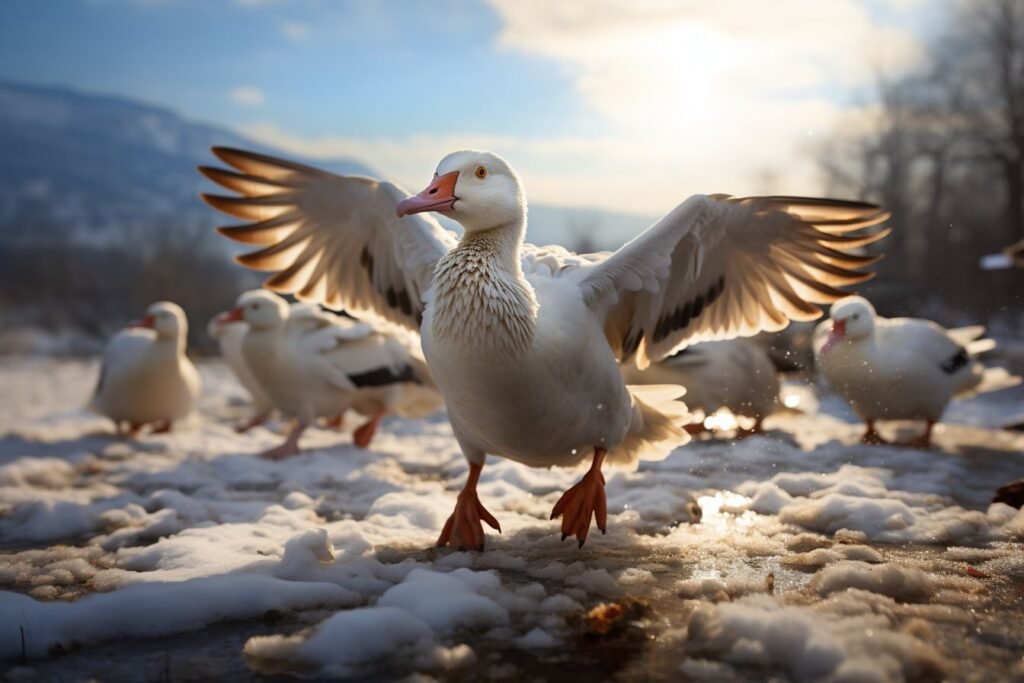
4. Ross’s & Snow Geese (Anser rossii & Anser caerulescens)
Ross’s Geese and Snow Geese are magnificent winter visitors to various parts of North America. Both species are snowy white with black wingtips and pink beaks. They breed on the Arctic coasts and gather in large flocks wherever other winter waterfowl and geese congregate.
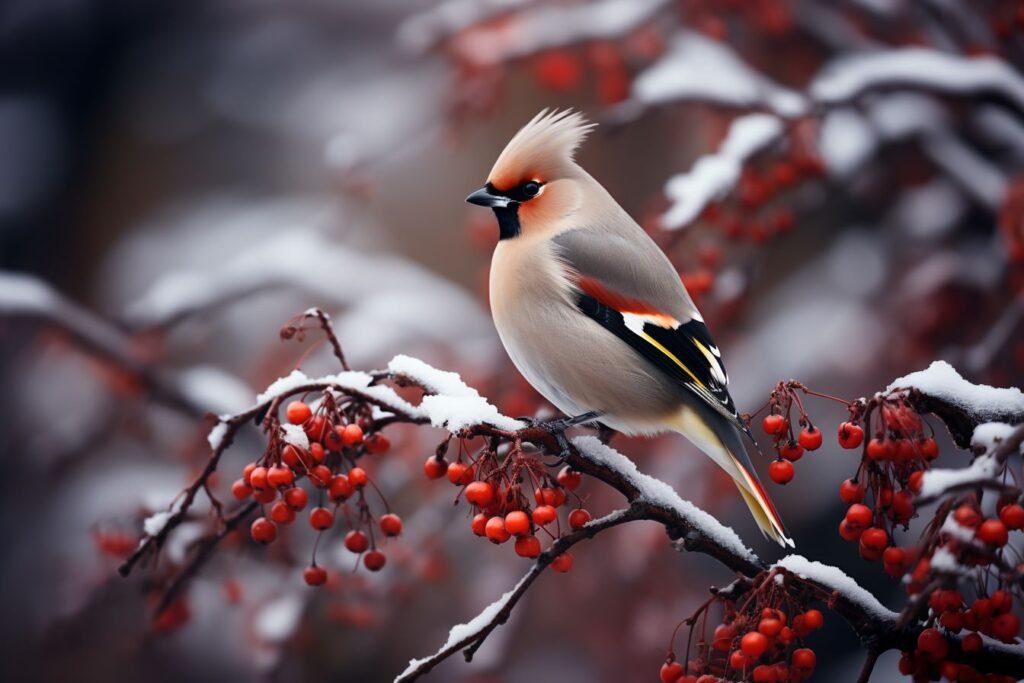
5. Bohemian Waxwing (Bombycilla garrulus)
The Bohemian Waxwing is a globe-trotting bird known for its nomadic winter habits. Breeding in northwestern Canada, these birds occasionally erupt into the northern United States and other parts of the world in search of berries, fruit, and insects. Their striking red and yellow wingtips and unique coloration make them stand out.
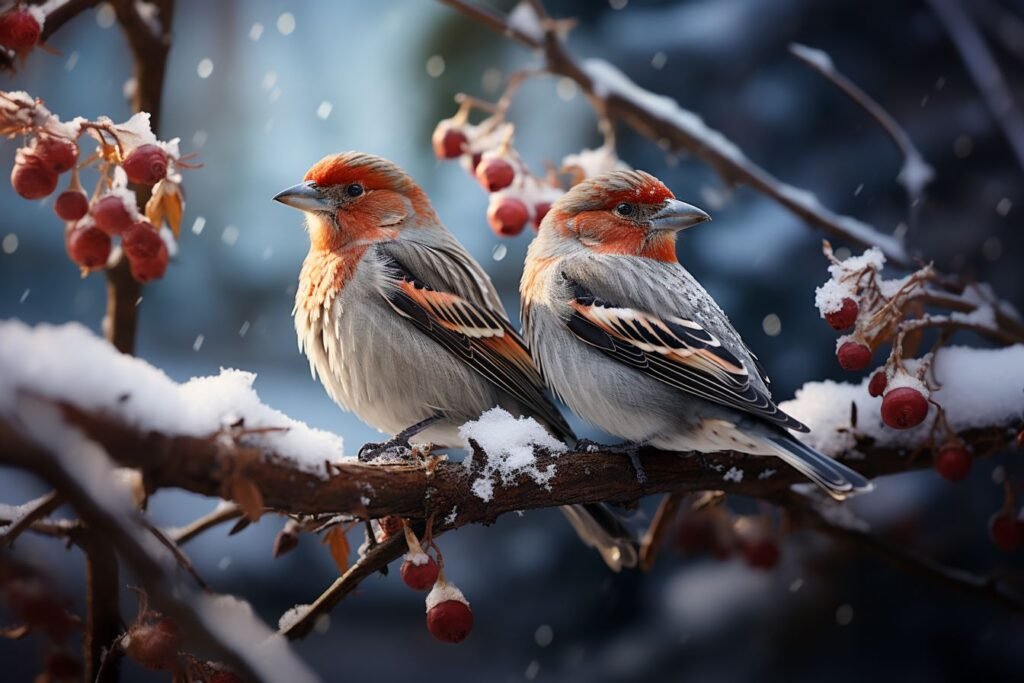
6. Red & White-winged Crossbills (Loxia curvirostra & Loxia leucoptera)
Red Crossbills and White-winged Crossbills are fascinating birds with distinctive twisted bills adapted for prying seeds from pine cones. They can be found year-round in various regions and venture into the northern United States in winter. These birds are expertly adapted to their environments and are known for their diverse call types.
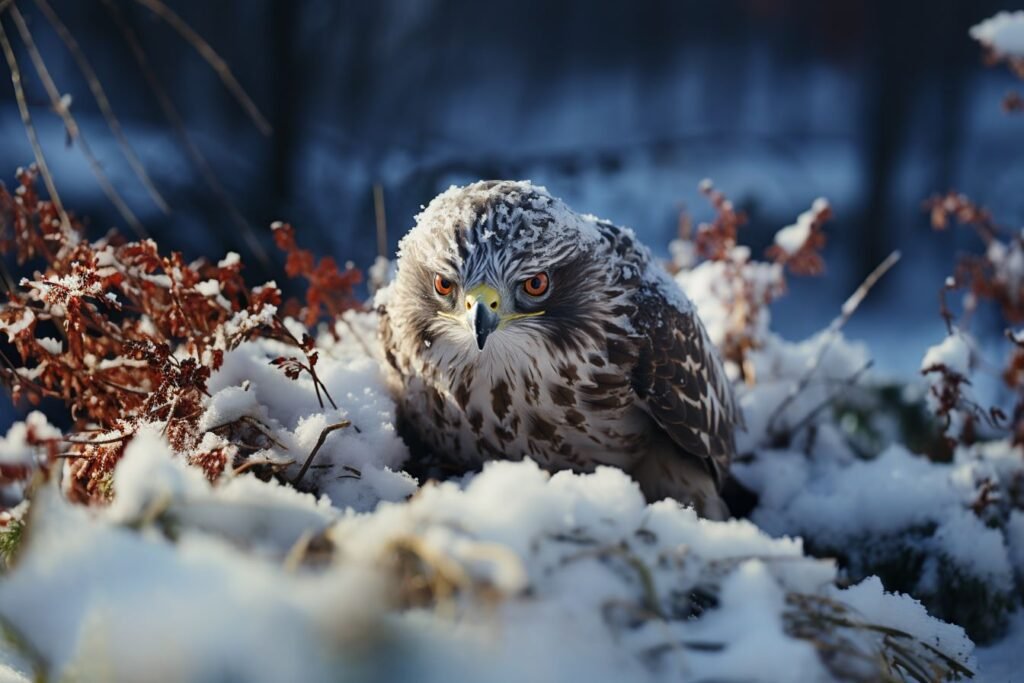
7. Northern Goshawk (Accipiter gentilis)
The Northern Goshawk is a powerful raptor that dominates the winter landscape. Found year-round in the northern United States and the Rockies, these elusive hawks are skilled hunters, preying on rabbits, hares, squirrels, and other birds. Distinguishing them from similar hawks can be a challenge.
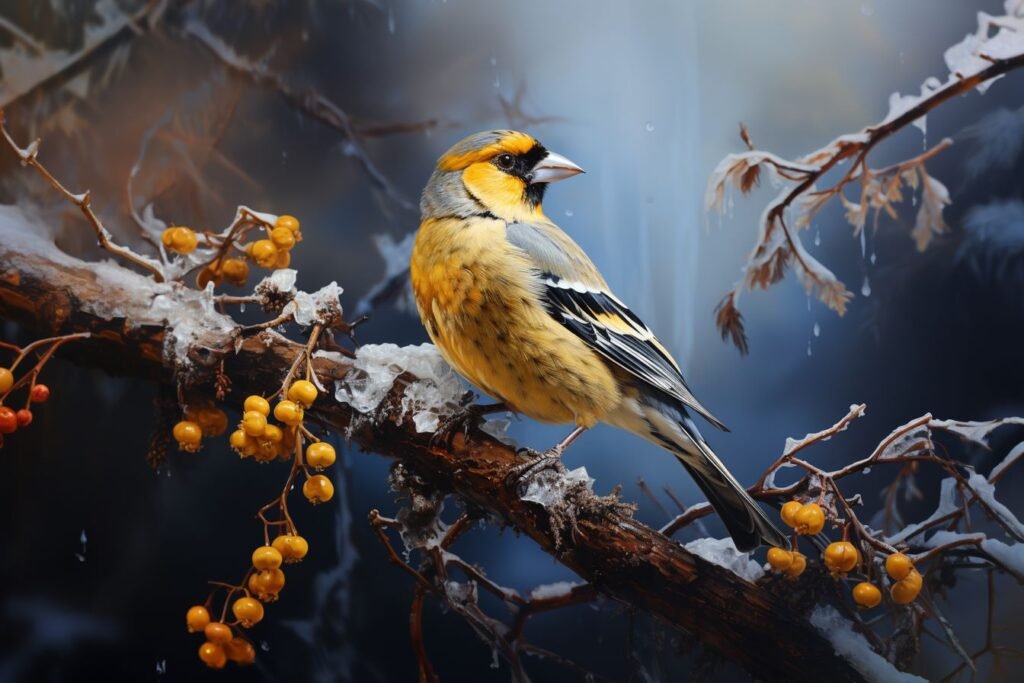
8. Evening Grosbeak (Coccothraustes vespertinus)
The Evening Grosbeak is a garish and eye-catching finch of northern conifer forests. They often irrupt farther south into the United States in winter, seeking food sources. With males displaying eye-popping yellow plumage, bold black wings, and a striking eyebrow, these grosbeaks are a delight to observe at feeders.
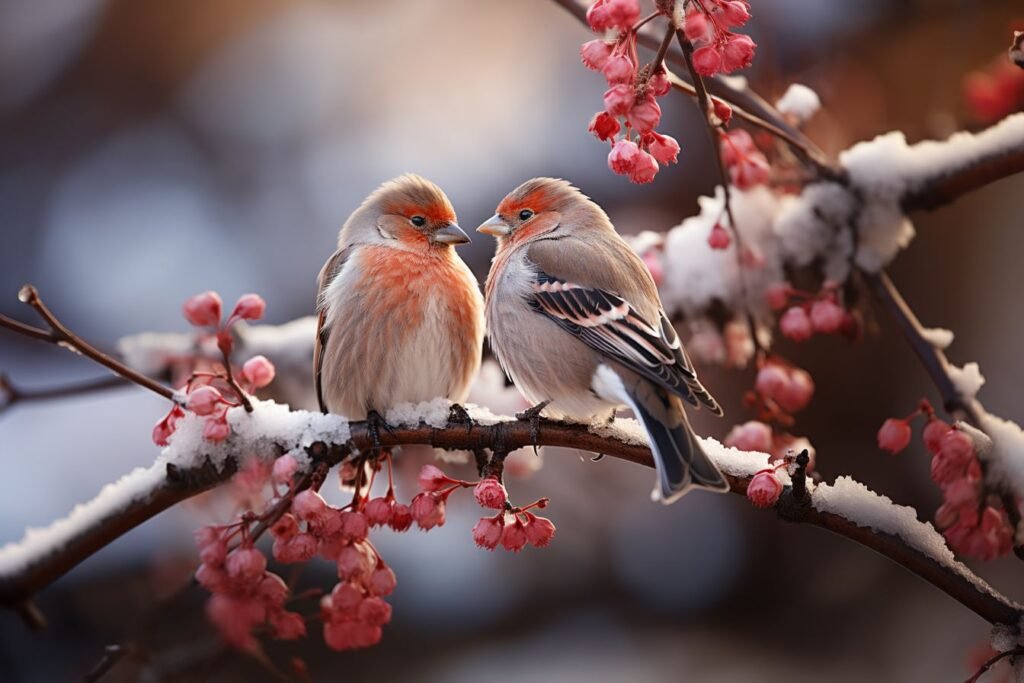
9. Rosy-Finches (Leucosticte spp.)
Rosy-Finches, including Brown-capped, Grey-crowned, and Black Rosy-Finches, are Rocky Mountain winter specialties. These birds often return to the same well-stocked winter feeders each year, providing birdwatchers with unique opportunities to observe their behavior.
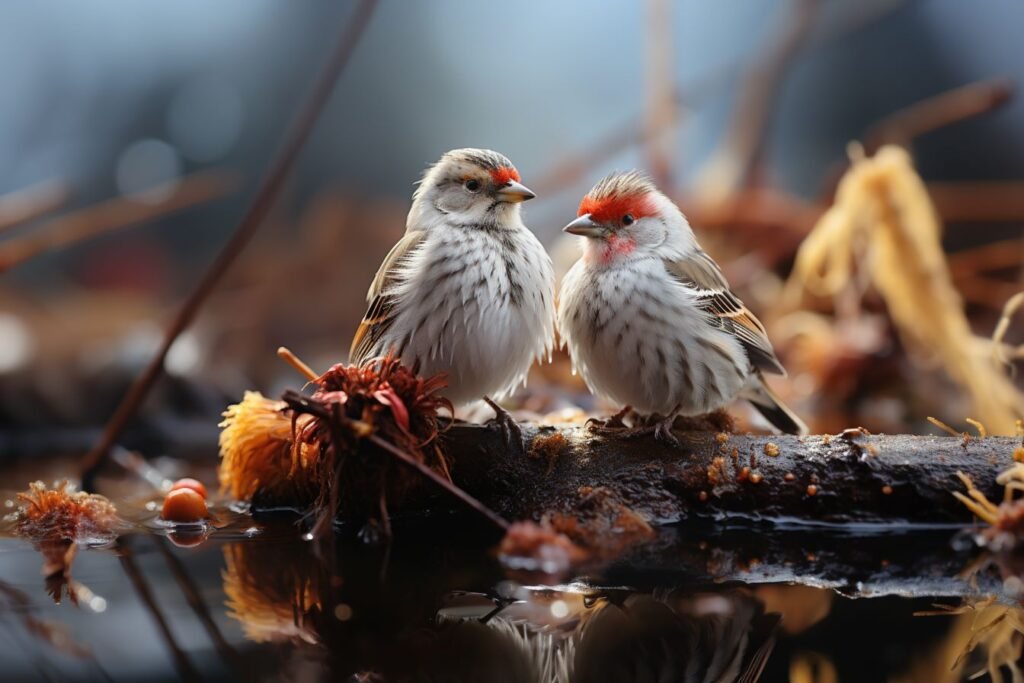
10. Hoary & Common Redpolls (Acanthis hornemanni & Acanthis flammea)
Hoary and Common Redpolls are expertly adapted to frigid arctic climates. They can be found year-round in northern Canada. These small finches are known for their unique plumage adaptations, making Hoary Redpolls rarer and easily distinguishable from Common Redpolls.
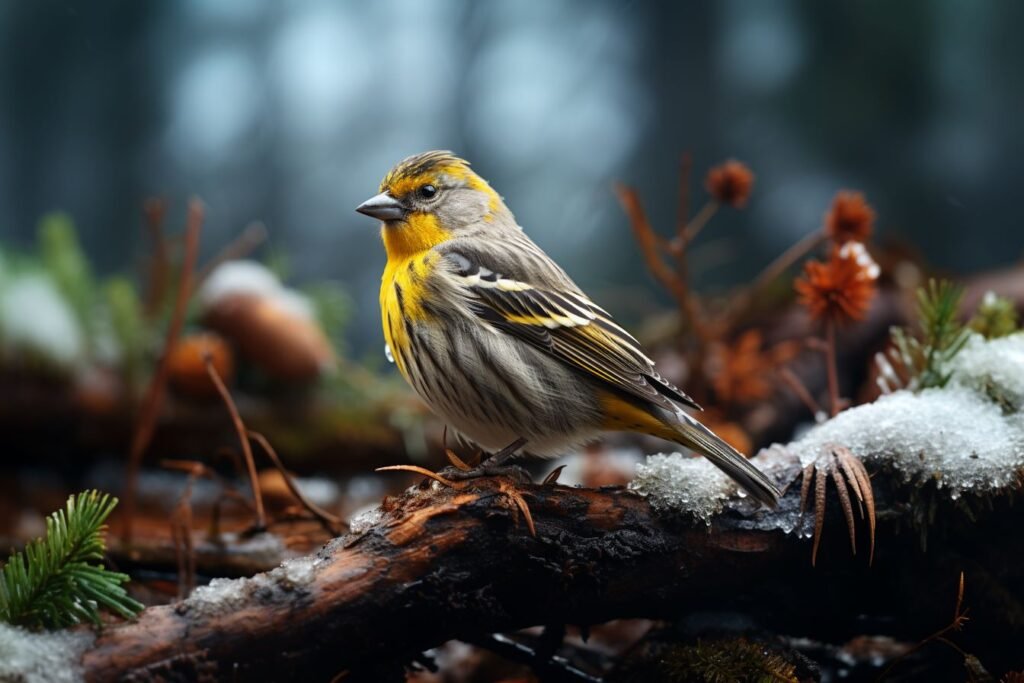
11. Pine Siskin (Spinus pinus)
Pine Siskins, while breeding in central Canada, sometimes migrate to the northern United States in large irruption years. These small finches often form mixed flocks with American Goldfinches and Lesser Goldfinches. They can be recognized by their threat displays, including thrusting bills and spread wings and tails, at Nyjer feeders.
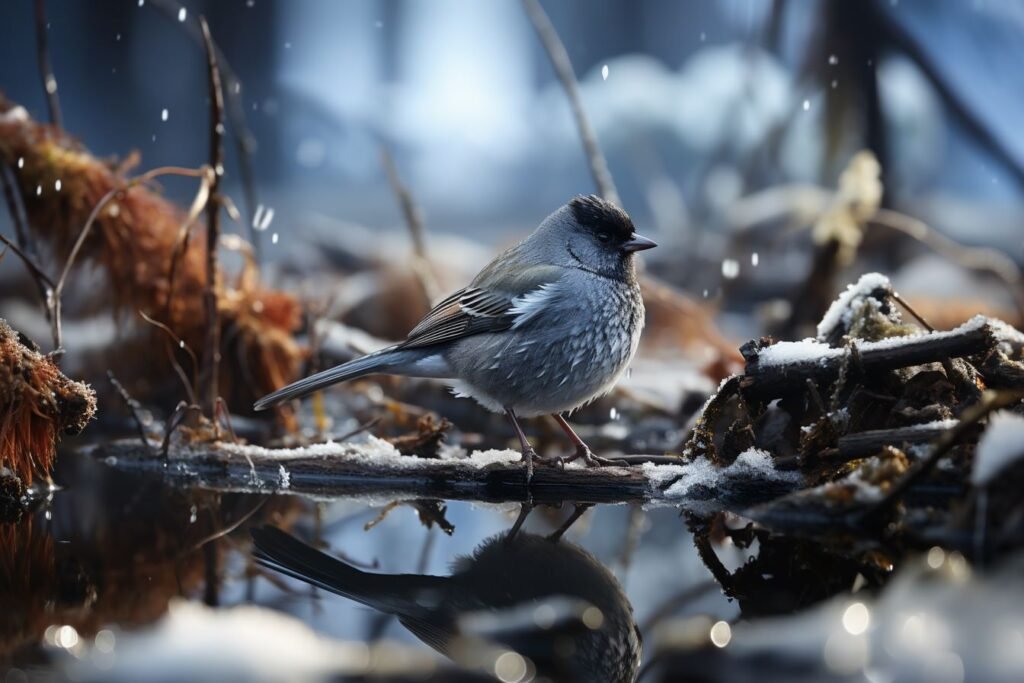
12. Dark-Eyed Junco (Junco hyemalis)
The Dark-Eyed Junco, often referred to as a “snowbird,” is a popular winter visitor. With several plumage variations, they adapt well to winter conditions, particularly in the eastern United States. These birds are known to forage on white proso millet offered from ground feeders or low platforms.
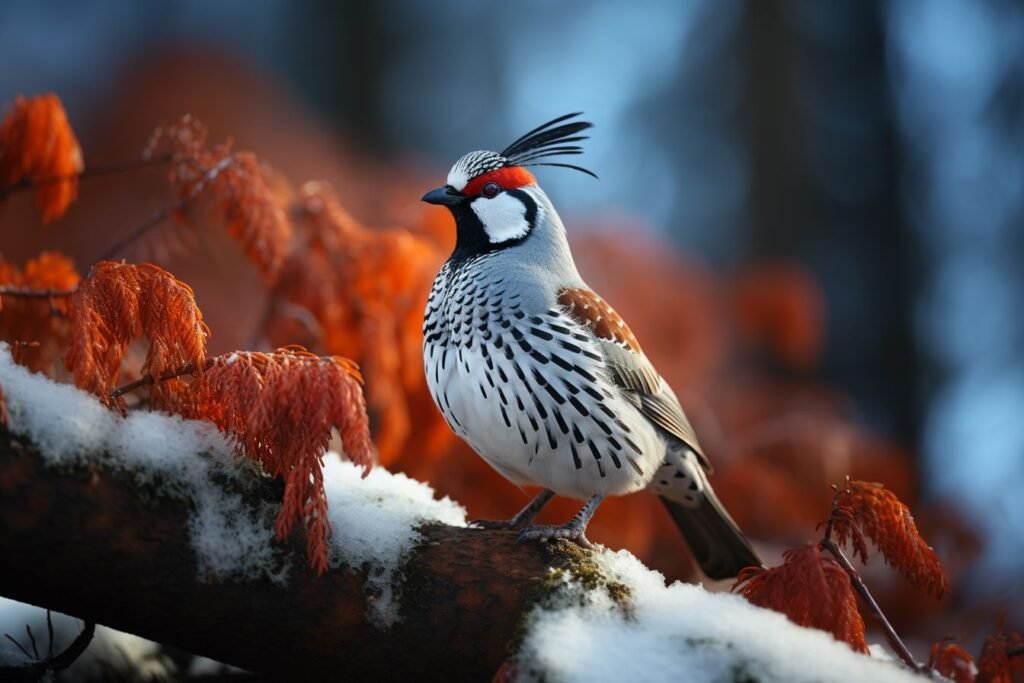
13. California Quail (Callipepla californica)
California Quail, year-round residents in the Pacific Northwest and the western United States, can be found in large winter flocks foraging in fields and visiting feeders where seeds spill on the ground. Offering suitable food and shelter can attract these charming birds to your yard.
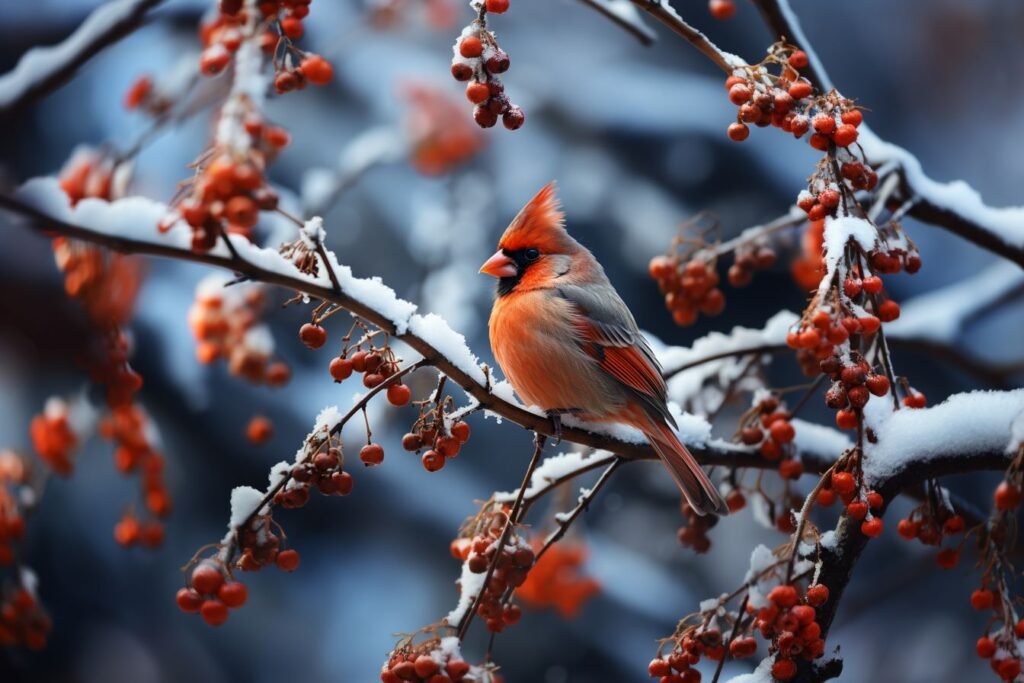
14. Red Cardinal (Cardinalis cardinalis)
The Red Cardinal, often simply known as the Northern Cardinal, is a beloved year-round resident throughout the eastern United States. With its brilliant red plumage, it stands out vividly against winter’s muted backdrop, making it a symbol of the season. These charismatic birds prefer black oil sunflower seeds and safflower seeds, making them frequent visitors to winter bird feeders. Providing a heated bird bath can also be a treat for Cardinals in the cold months, as they enjoy access to liquid water even when temperatures drop.
Conclusion:
Winter is a time of quiet beauty, and these winter-loving birds from around the world add a special charm to the season.
Whether you’re admiring the snowy landscapes with Snow Buntings, witnessing the majestic presence of Snowy Owls, or marveling at the resilience of Lapland Longspurs, these birds remind us of nature’s wonders even in the coldest months. So, venture outdoors, embrace the winter chill, and discover the fascinating world of winter birdwatching worldwide.

